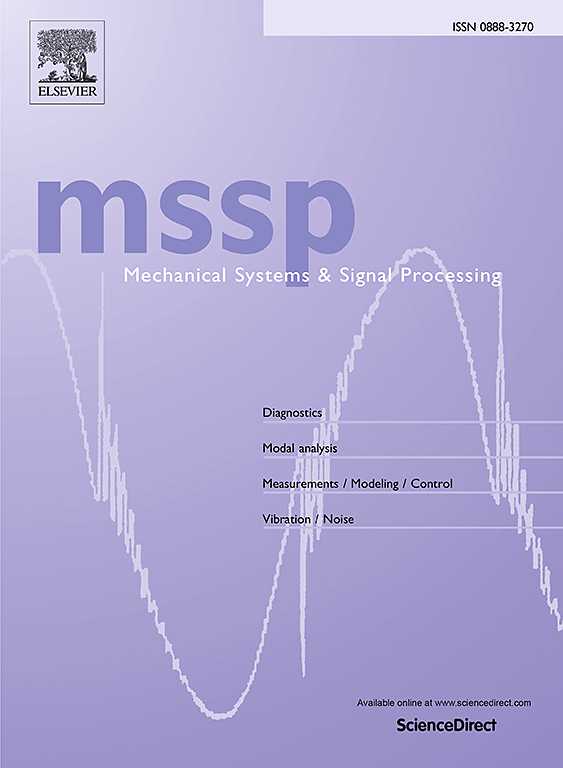Digital twin model of a permanent magnet synchronous motor via a multiphysics-informed deep operator network
IF 7.9
1区 工程技术
Q1 ENGINEERING, MECHANICAL
引用次数: 0
Abstract
This paper proposes a novel integrated framework of a multiphysics-informed deep operator network (MPI-DON) for the artificial intelligence transformation of a permanent magnet synchronous motor (PMSM). The proposed framework incorporates four key features to overcome challenges in conventional neural networks, including data shortage, imbalance, and lack of generality. First, the MPI-DON leverages the architecture of a DON for surrogate modeling, enabling effective interpolation and extrapolation in untrained conditions without extensive retraining. Second, the DON is supervised by principles of multiphysics for PMSMs, including electromagnetism and structural dynamics. Hence, the MPI-DON, comprising the PI-DON for electromagnetics and PI-DON for structural dynamics, accurately predicts the multiphysics of the PMSM under various operational conditions even though limited data are available. Third, the MPI-DON is trained with virtual data from a multiphysics finite element analysis (FEA), addressing data scarcity and enabling virtual sensing capabilities to predict multiphysics responses at any location of interest. This feature is particularly effective for replicating fault conditions, which are difficult and costly to obtain experimentally. Fourth, several strategies are deployed to secure convergence during the training phase, including domain decomposition, Fourier feature embedding, and an adaptive weighting method. Quantitative evaluations demonstrate the high accuracy and robustness: RMSEs for key electromagnetic fields and torque predictions are below 3 % and 0.026 Nm, respectively, while vibration response predictions achieve relative errors of 0.23 % or less compared to FEA. Systematic analysis also confirms that four features significantly improve the accuracy, robustness, and generality of the proposed neural network when predicting the multiphysics of PMSM for both normal and faulty conditions. The practical application of the MPI-DON on the generation of virtual fault data and fault detection of bearings in a PMSM finally underscores the effectiveness of the proposed neural network. The versatility of the MPI-DON opens a new era to provide design and control-enabling solutions in future applications through artificial intelligence transformation.

求助全文
约1分钟内获得全文
求助全文
来源期刊

Mechanical Systems and Signal Processing
工程技术-工程:机械
CiteScore
14.80
自引率
13.10%
发文量
1183
审稿时长
5.4 months
期刊介绍:
Journal Name: Mechanical Systems and Signal Processing (MSSP)
Interdisciplinary Focus:
Mechanical, Aerospace, and Civil Engineering
Purpose:Reporting scientific advancements of the highest quality
Arising from new techniques in sensing, instrumentation, signal processing, modelling, and control of dynamic systems
 求助内容:
求助内容: 应助结果提醒方式:
应助结果提醒方式:


